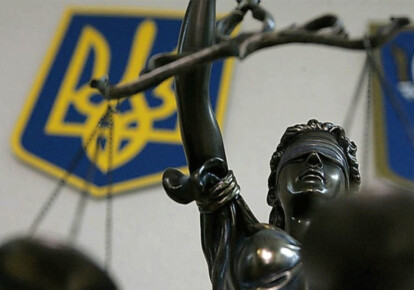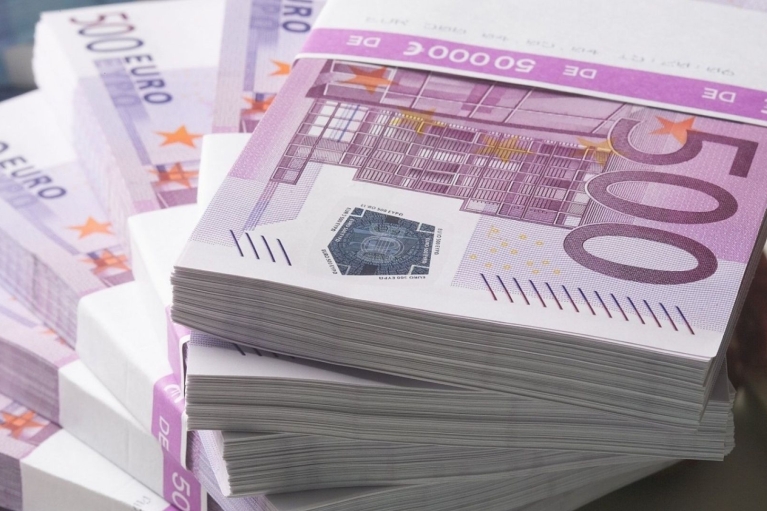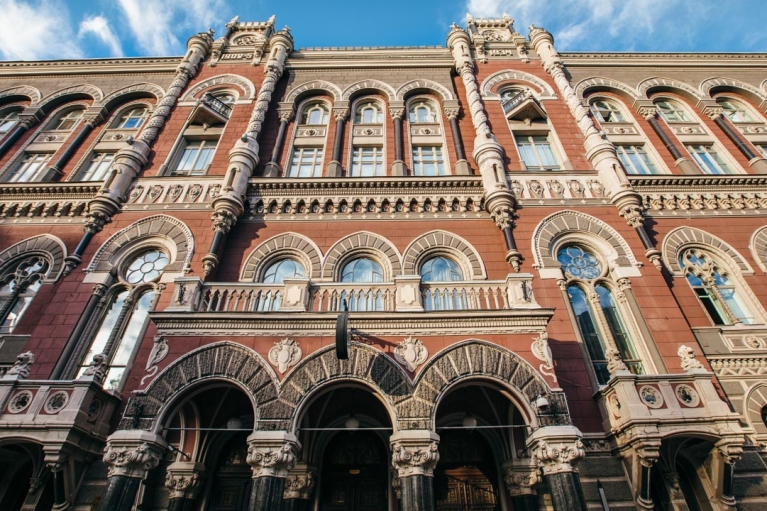National anti-corruption bureau vs. Oleg Bakhmatyuk. Three reasons why the case will fall apart in court

DS News will explain in layman's the terms NABU claims against the former top managers of the National Bank and executives of business entities linked to Oleg Bakhmatyuk. Let's see if any reasons for suspicion truly exist. In a nutshell, the case probing the legitimacy of the UAH 1.2 billion stabilization loan extended by the National Bank on October 10, 2014 to Oleg Bakhmatyuk's VBA Bank (which, like many other financial institutions, experienced difficulties that year) has been dragging on since 2016. In those conditions, the government stood to gain from supporting the banks financially, or else their collapse would have undermined the entire financial system, not to mention the obligation to compensate depositors out of the Deposit Guarantee Fund. Incidentally, the NBU issued UAH 319.9 billion worth of such refinancing loans to commercial banks in 2014-2016.
In October 2014, the NBU extended UAH 1.2 billion to VAB Bank. Former First Deputy Chairman Oleksandr Pysaruk signed off on this decision. Unfortunately, the bank proved unable to survive (in many ways owing to the position of former NBU Governor Valeria Hontareva) and was declared insolvent toward the end of fall. However, NABU detectives believe that these funds were not used to rescue the bank but instead bankrolled the operation linked to the bank's owner, and notably so with tacit consent from NBU officials. Seven people, including Pysaruk, have already been detained on suspicions of having embezzled that UAH 1.2 billion.
Oleg Bakhmatyuk himself rejects the investigation's hypothesis and responds to all the charges levied against him. Notably, this case had been previously discontinued by other law enforcement agencies over the lack of elements of a crime. So what are NABU detectives really after?
We have studied the arguments of the parties and reached certain conclusions.
Question 1. What is the value of the collateral?
NABU claims that the actual value of assets securing the loan extended to VAB Bank did not exceed UAH 73 million. The detectives claim that the collateral consisted of real estate with forged appraisal reports. Oleg Bakhmatyuk for his part states that the value of those assets fully covered the UAH 1.2 billion loan, citing examinations by the Kharkiv and Odesa expert examination institutes. How come the amounts differ by 16 times?
In brief, NABU miscalculated the value and failed to consider the time factor.
Now let's go into more detail. In 2014, Oleg Bakhmatyuk pledged as collateral not just real estate, but an operating distillery in Ivano-Frankivsk. The value of a business is appraised not just as the sum of its tangible assets but should also factor in its projected future cash flows.
By that time, the distillery had been and upgraded generated close to UAH 680 million in revenue and UAH 60-70 million in profit annually. In other words, over a 20-year period the operating activities of the distillery alone could have fully offset the stabilization loan extended to the bank (inflation is disregarded, since the company's earnings would have grown proportionately with prices).
Note that 20 years is a standard period over which return on investment is estimated. It's a different matter that once the NBU foreclosed on the distillery, its operations stopped, leaving 800 people jobless. Yet this is a scenario where a new owner simply runs his asset into the ground, which is nobody's fault but his.
In addition to the distillery, real estate in Kyiv and Kharkiv was pledged to the state as collateral. Granted, its value decreased eventually. However, any transactions should be evaluated from a historical perspective - it was a sound collateral as of the fall of 2014.
Question 2. Was there a bank rescue program?
The National Bank has to be certain that the financial institution receiving aid can be rescued. That is why a commercial bank must present a program of its financial recovery in order to receive a stabilization loan. NABU detectives claim that VAB Bank did not prepare the appropriate package of documents. That is not true. According to lawyer Tatyana Kozachenko, a member of the NABU Civil Oversight Council, this program was submitted to the NBU.
Question 3. Were the credit funds siphoned off?
NABU arguments are based on the premise that UAH 1.2 billion extended to VAB Bank in October 2014 was siphoned out of the financial institution in the space of 40 days - long before the bank was declared insolvent and put in provisional administration. The case files state that the money was allegedly transferred from the bank to entities controlled by Oleg Bakhmatyuk: Cypriot company Quickom Limited (UAH 680 million) and certain other businesses, and the remainder was stolen through cash withdrawals.
In this case a third party - the Deposit Guarantee Fund - will help cross all the t s and dot all the i s in this matter. The Fund's response to Kozachenko states that no funds had been transferred to Quickom Limited. "On the contrary, this company channeled actual funds into VAB Bank to meet obligations toward customers and keep the bank afloat," says the NABU Civil Oversight Council member.
Following a query from the NABU, the Deposit Guarantee Fund in turn released a report to the effect that UAH 1.2 billion of refinancing went toward payouts to individual customers. On November 14, 2019 the National Bank confirmed this in a special statement:
"The NBU specified the intended use of the funds as payouts of money to depositors. The NBU did not detect any misspending... The funds went toward payouts to depositors. All funds were used for payouts to 80,000 depositors over the course of 18 days. The bank paid out more than UAH 100 million on average on a daily basis," the regulator " s press service states.
What Oleg Bakhmatiuk offers
Oleg Bakhmatiuk wants to solve the problem associated with the collapse of his banks - VAB and Financial Initiative - in one fell swoop. He offers to pay the Deposit Guarantee Fund a total of UAH 8 billion as his debt for these banks as long as payments are restructured at a rate of UAH 1 billion per year. He is also willing to make an immediate guaranty deposit of UAH 500 million. His Ukrlandfarming Group would provide the financial backing for this. The businessman points out that negotiations are underway and he has met with understanding on the
Why NABU needs this case
Reinstated by NABU, this case had been investigated by other law enforcement agencies since 2014, specifically the National Police and the prosecution authorities. However, it was discontinued on four separate occasions. Why wasn't it investigated by NABU all the time but has ended up at its поріг again? That's because the Bureau has jurisdiction over cases involving top officials. Absent them, case files are referred to the police. That's exactly what happened. However, NABU suspects Oleksandr Pysaruk of collusion with bankers, which is why it took over the case again. Oleg Bakhmatyuk believes that NABU and the new prosecutor general, Ruslan Ryaboshapka, are driven by the "desire to be liked" by the people: "Somebody has to take the blame, and it's important for this scapegoat to be a public personality. It is also preferable for him to fit the description of an "oligarch", although I do not consider myself an oligarch absolutely because I have no political clout."
Крім того, Oleg Bakhmatyuk believes that "there are people who have ініціював the arrest and want to drive the company to a default." Meanwhile, Ukrlandfarming has 27,000 employees and the largest (or second largest) land bank. The company pays UAH 3 billion in taxes, UAH 3.5 billion in wages and generates 1% of the nation's GDP. That's why "the bankers" case" extends far beyond the limits of Oleg Bakhmatyuk's business and can have adverse ramifications for the entire Ukrainian economy.
We are essentially dealing with yet another attempt at property redistribution, the kind that happened during the so-called "purge of the banking system." It was when assets pledged by banks marked for the "slaughter house" were sold to specific interested buyers for a token price.



